The goal is to come up with something like this:
- roughly 300 x 150 x 120mm
- <5kg approx.
- 15+15W or more?
- good bass!
- minimal controls
- internal LiPo/Li-ion
- low quiescent consumption- solar panel on one face (to extend run time when away from civilisation)
Total parts cost is about £50, not including plywood, screws, etc for the enclosure which I had lying around, plus various machine tools and cutters I found I needed.
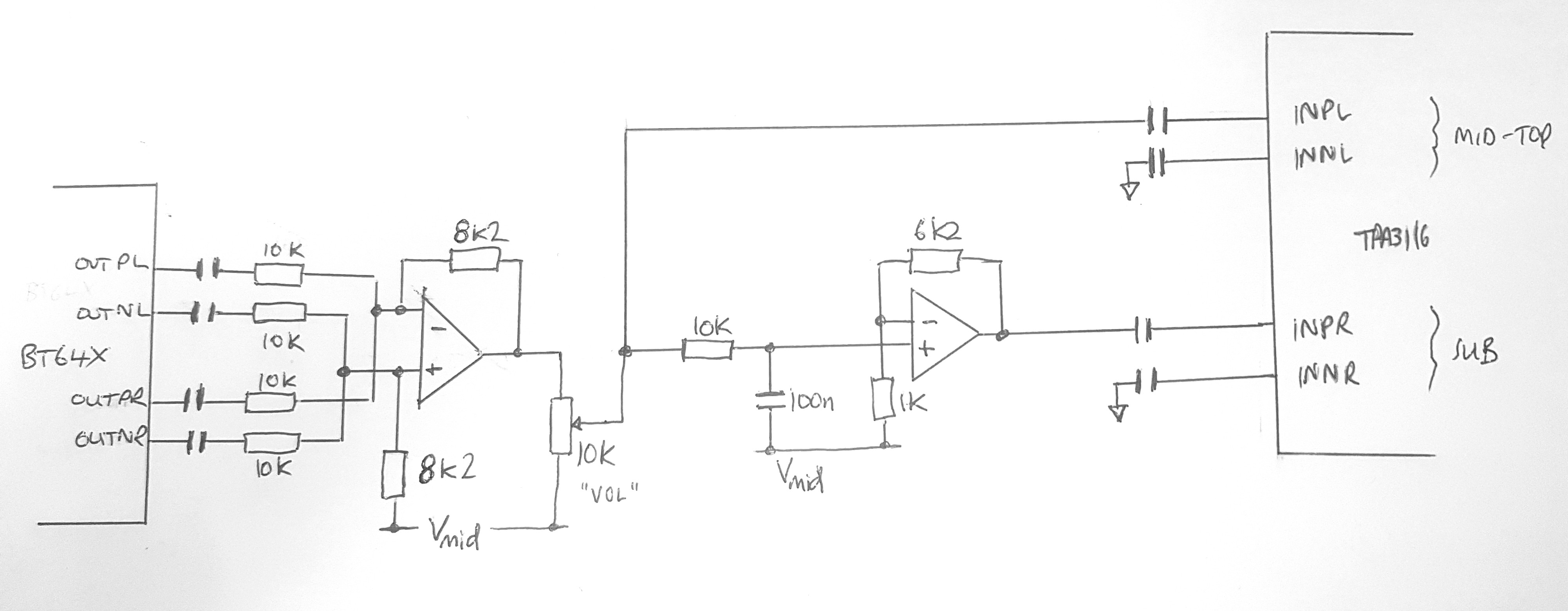


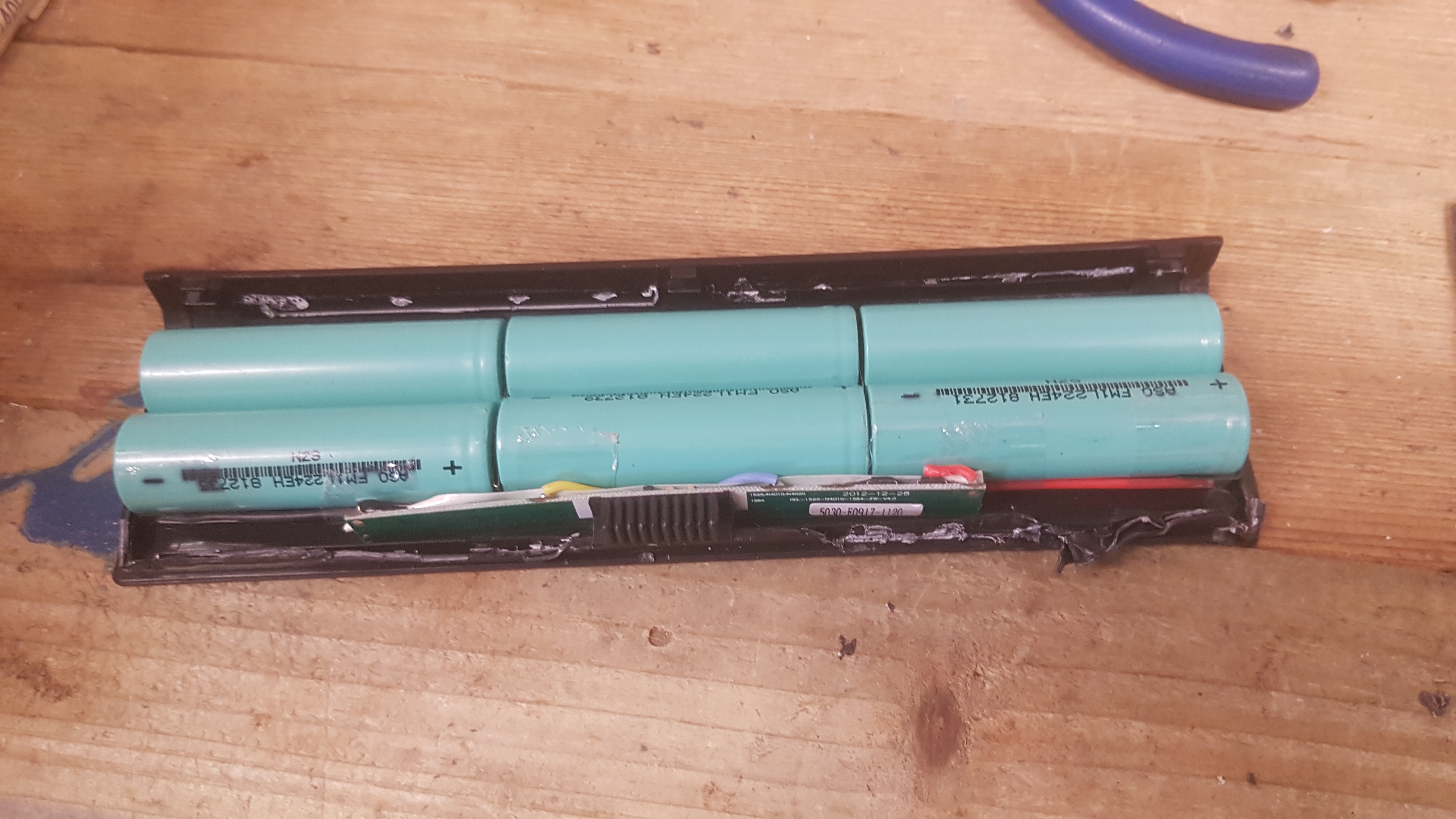
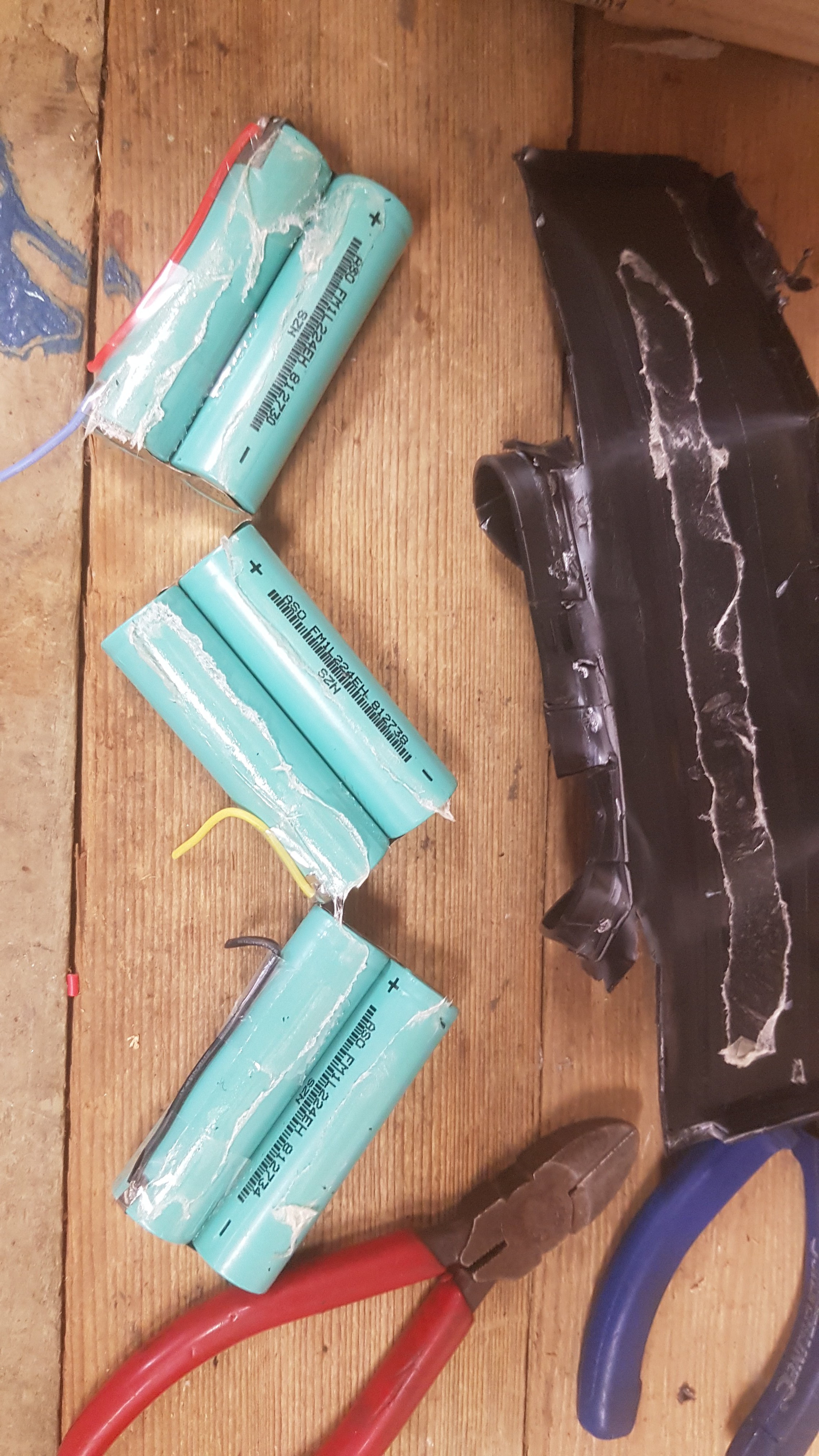

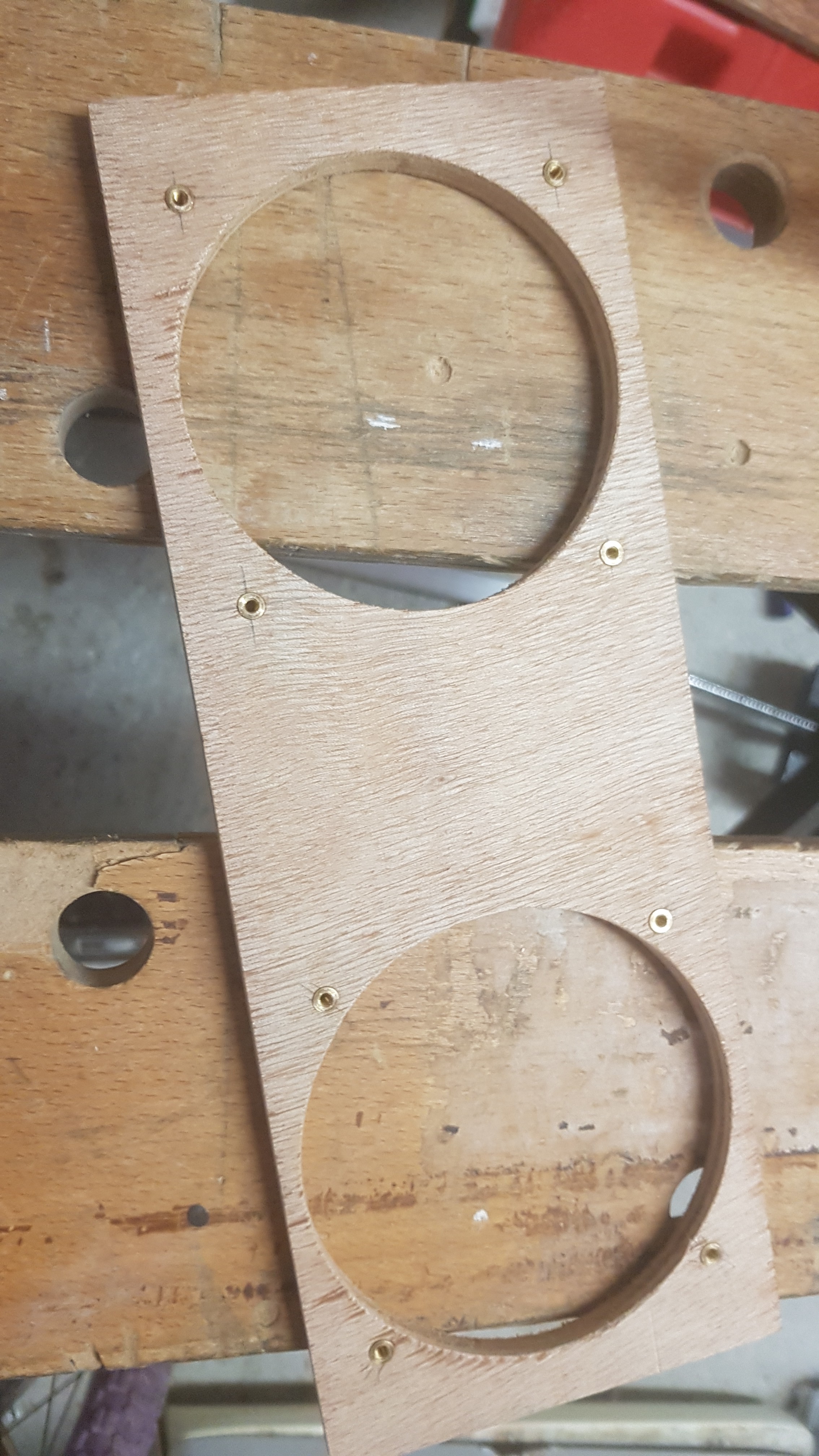
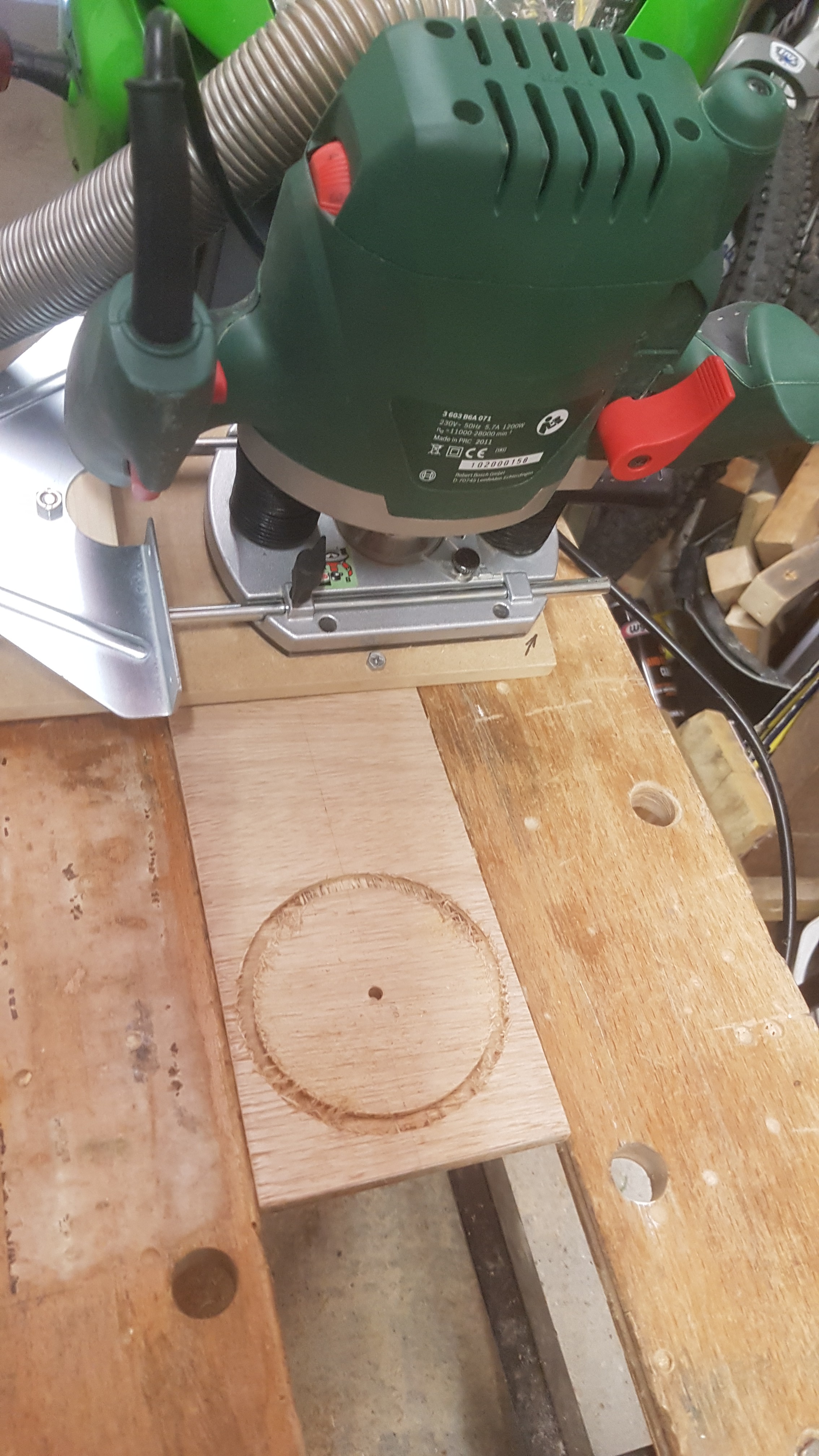
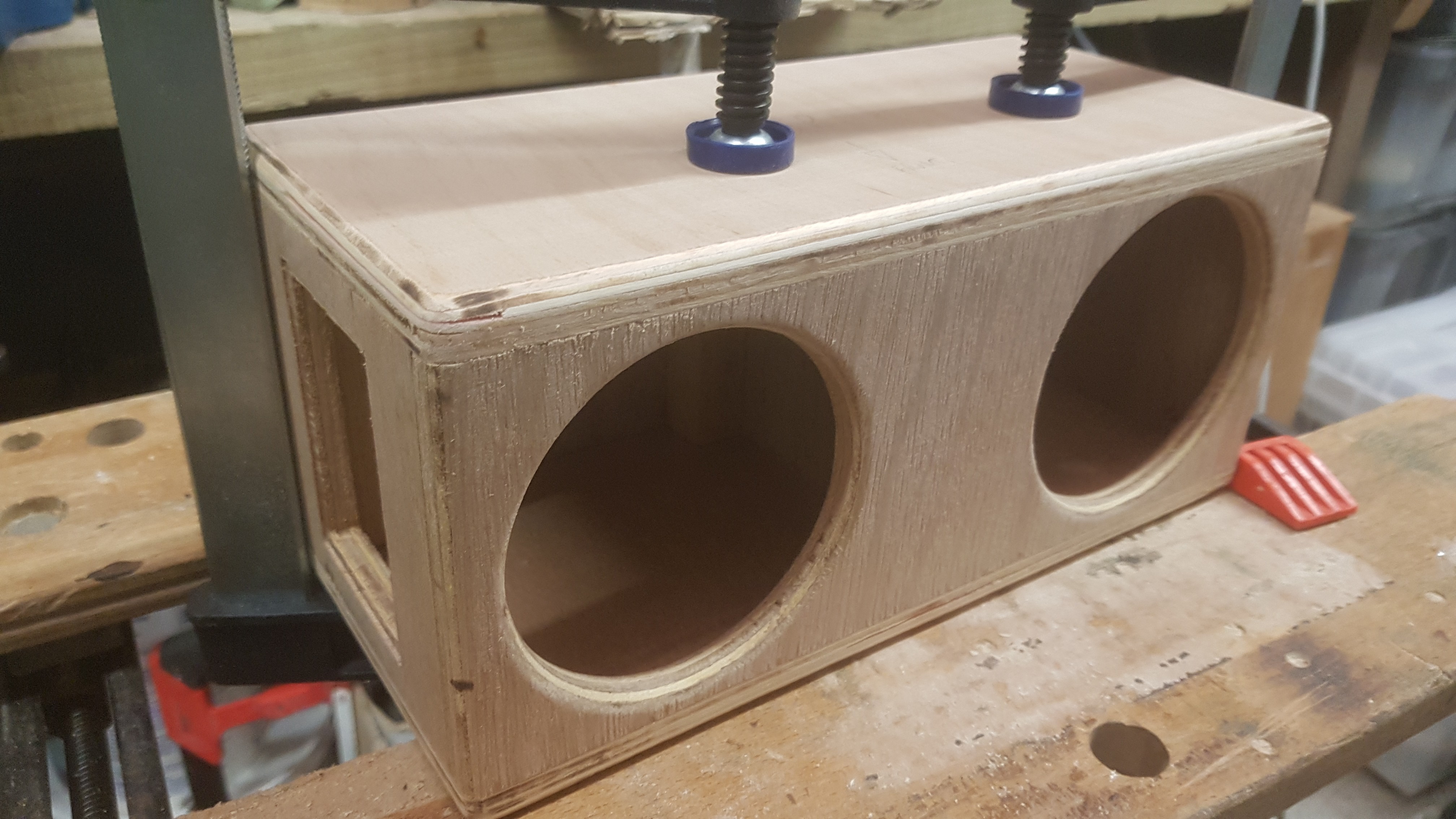
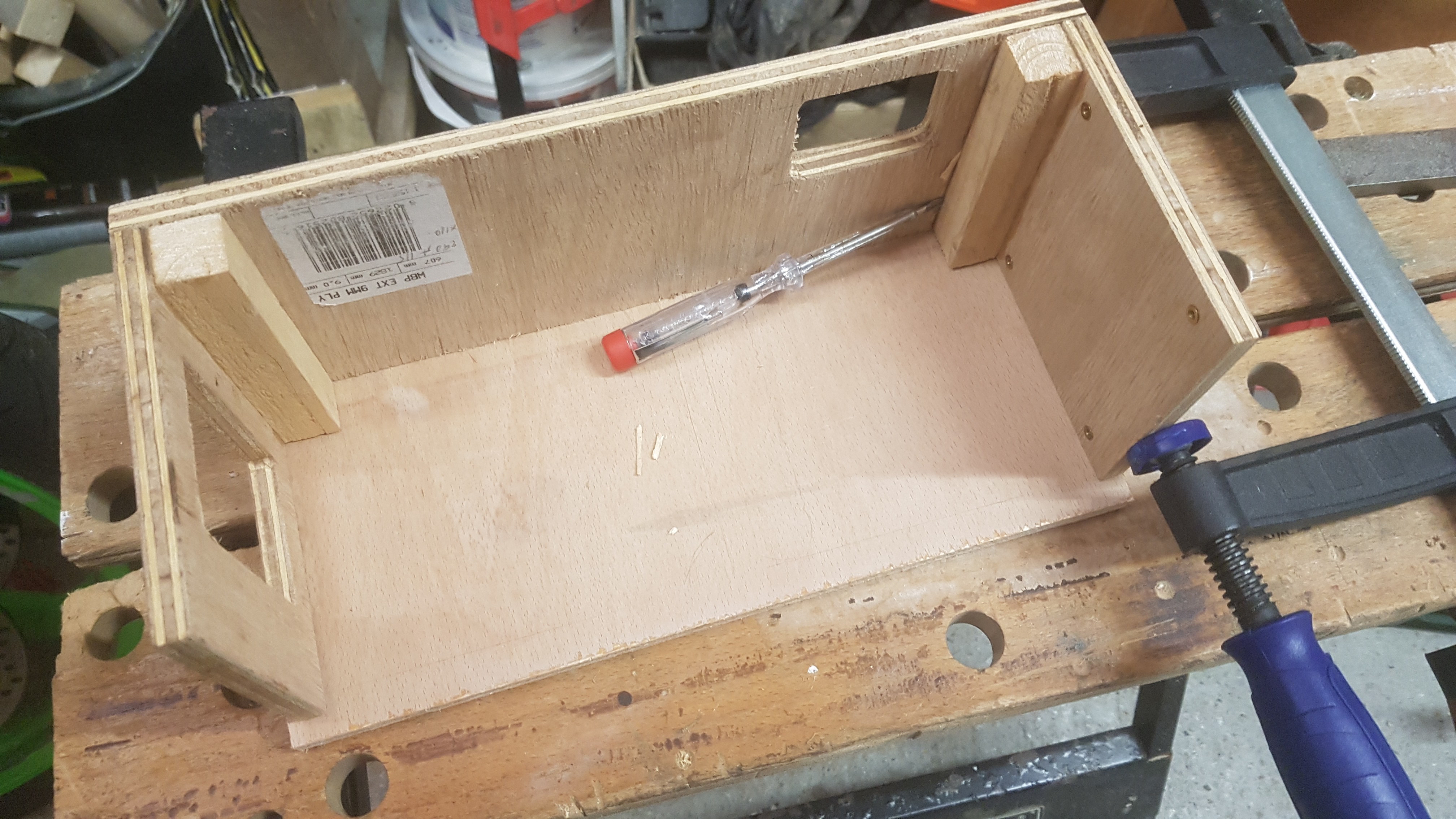

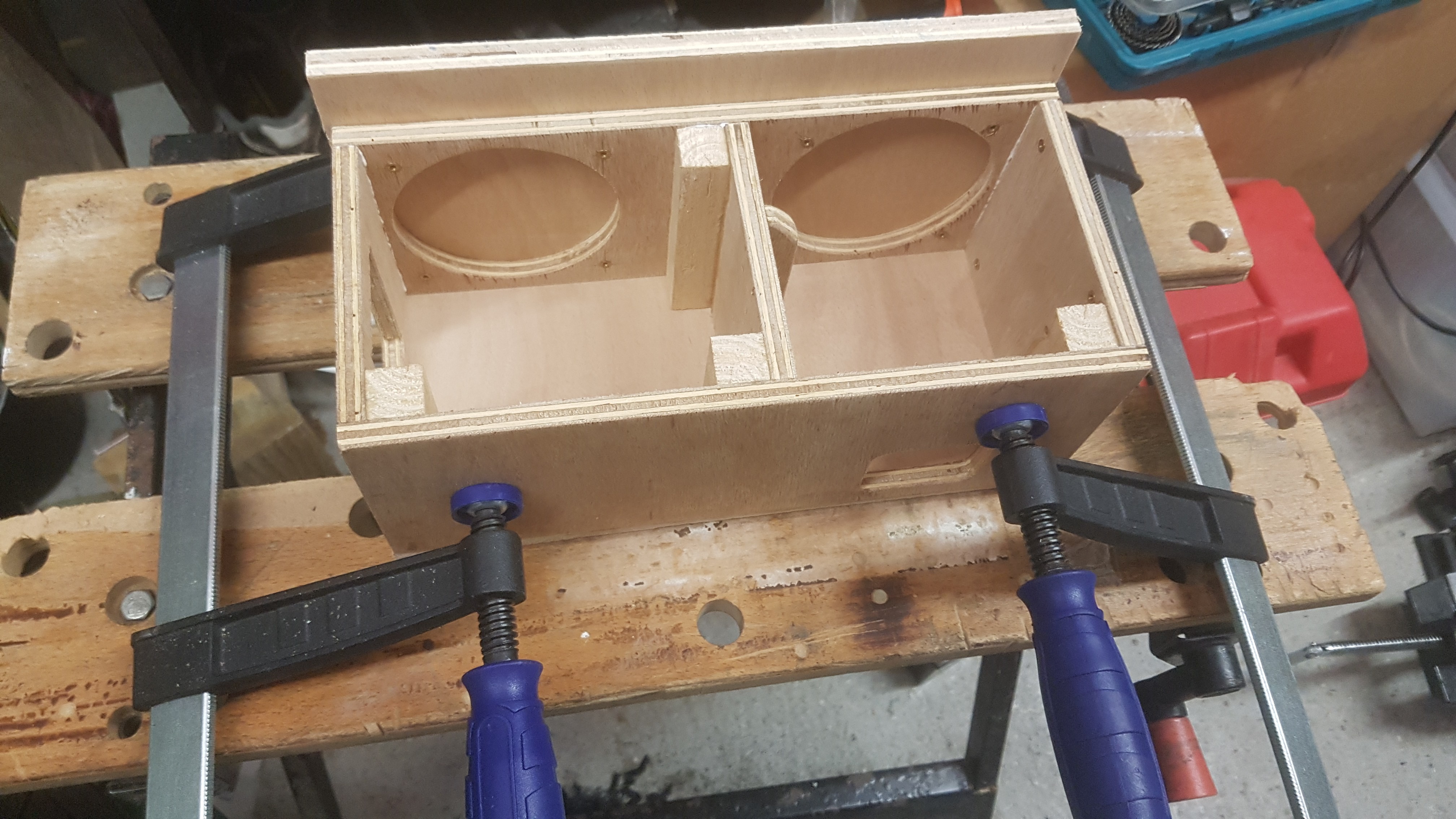
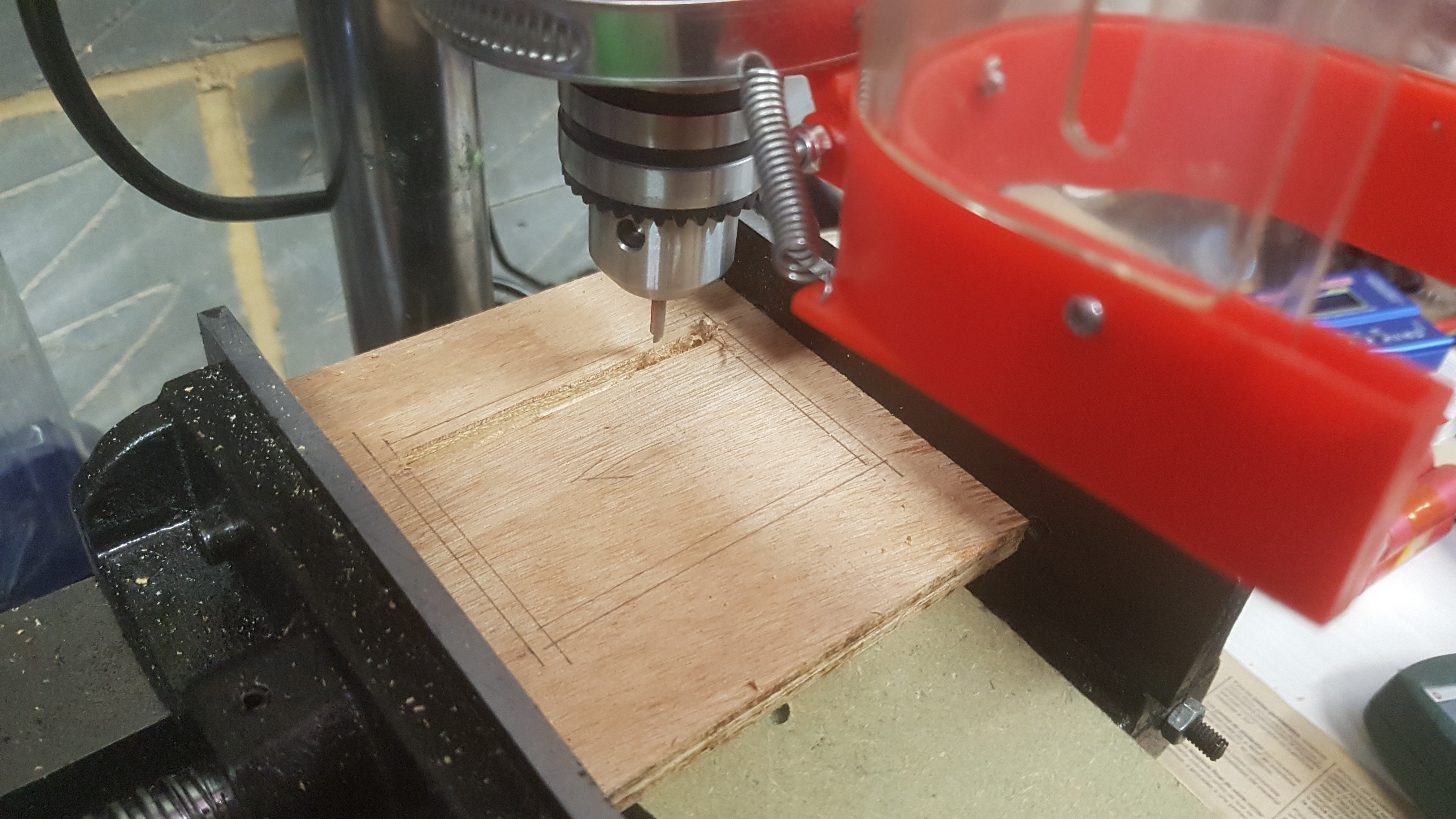
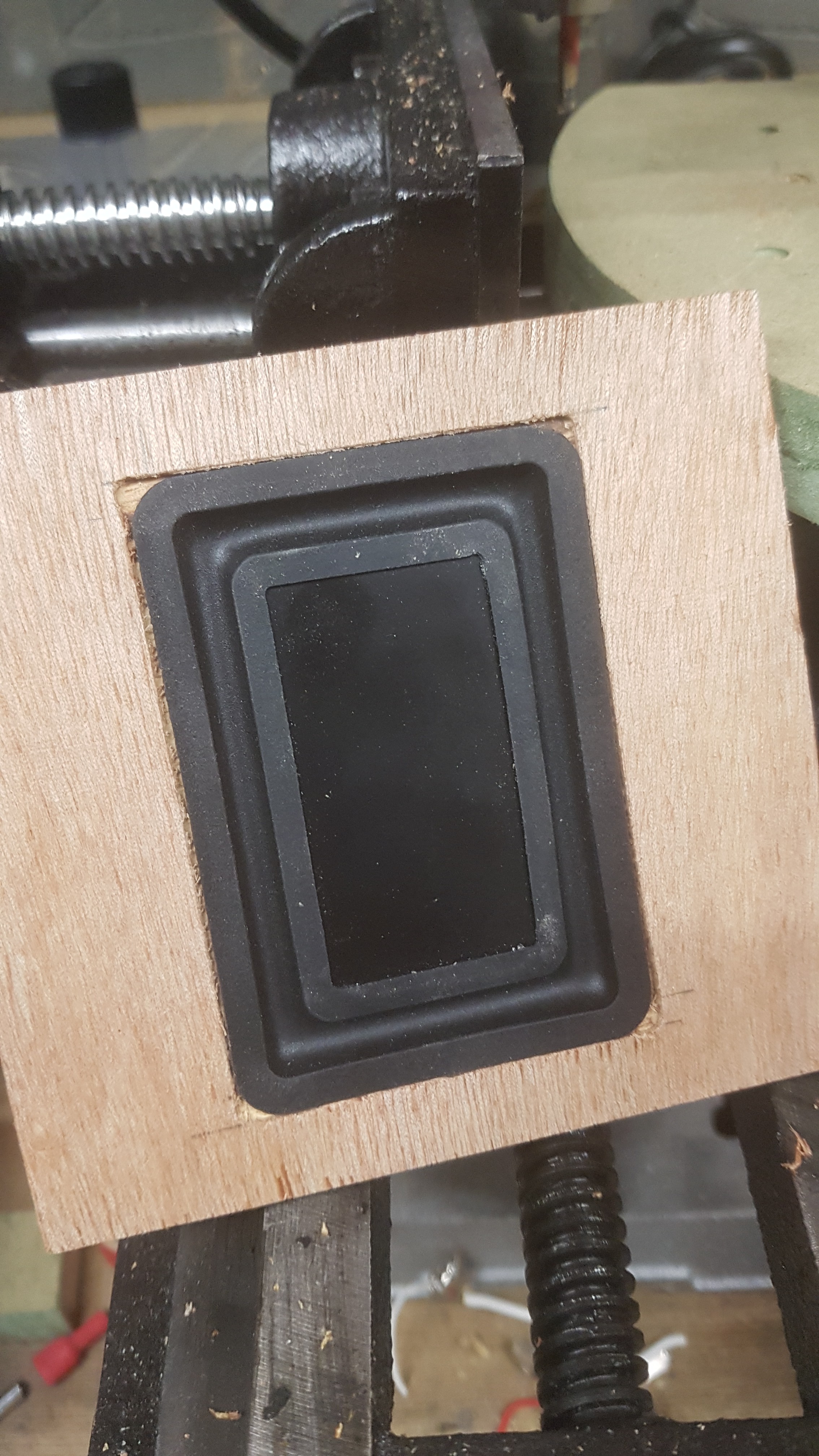



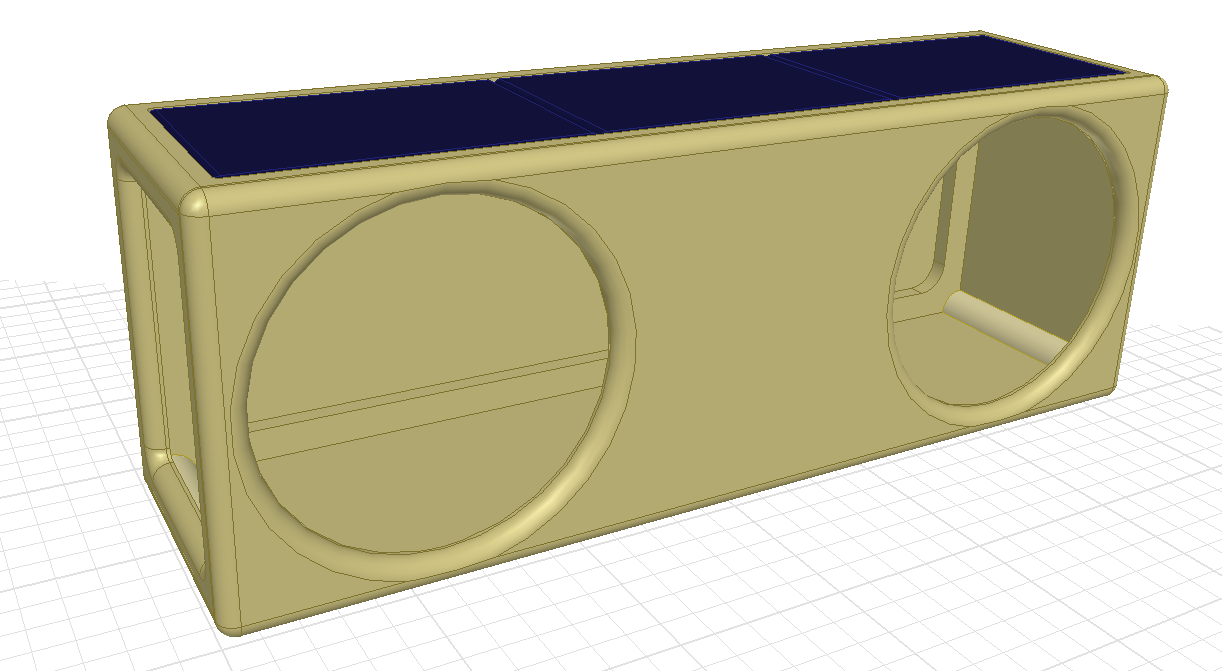






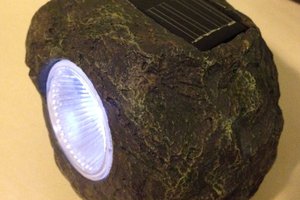
 OzQube
OzQube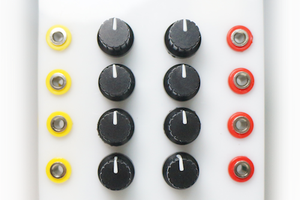
 Castle Rocktronics
Castle Rocktronics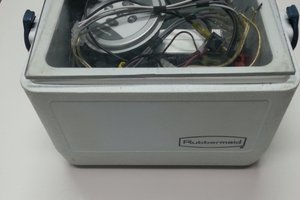
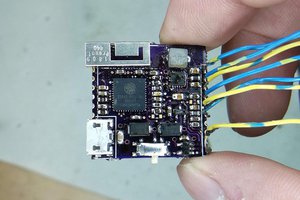
 Jarrett
Jarrett